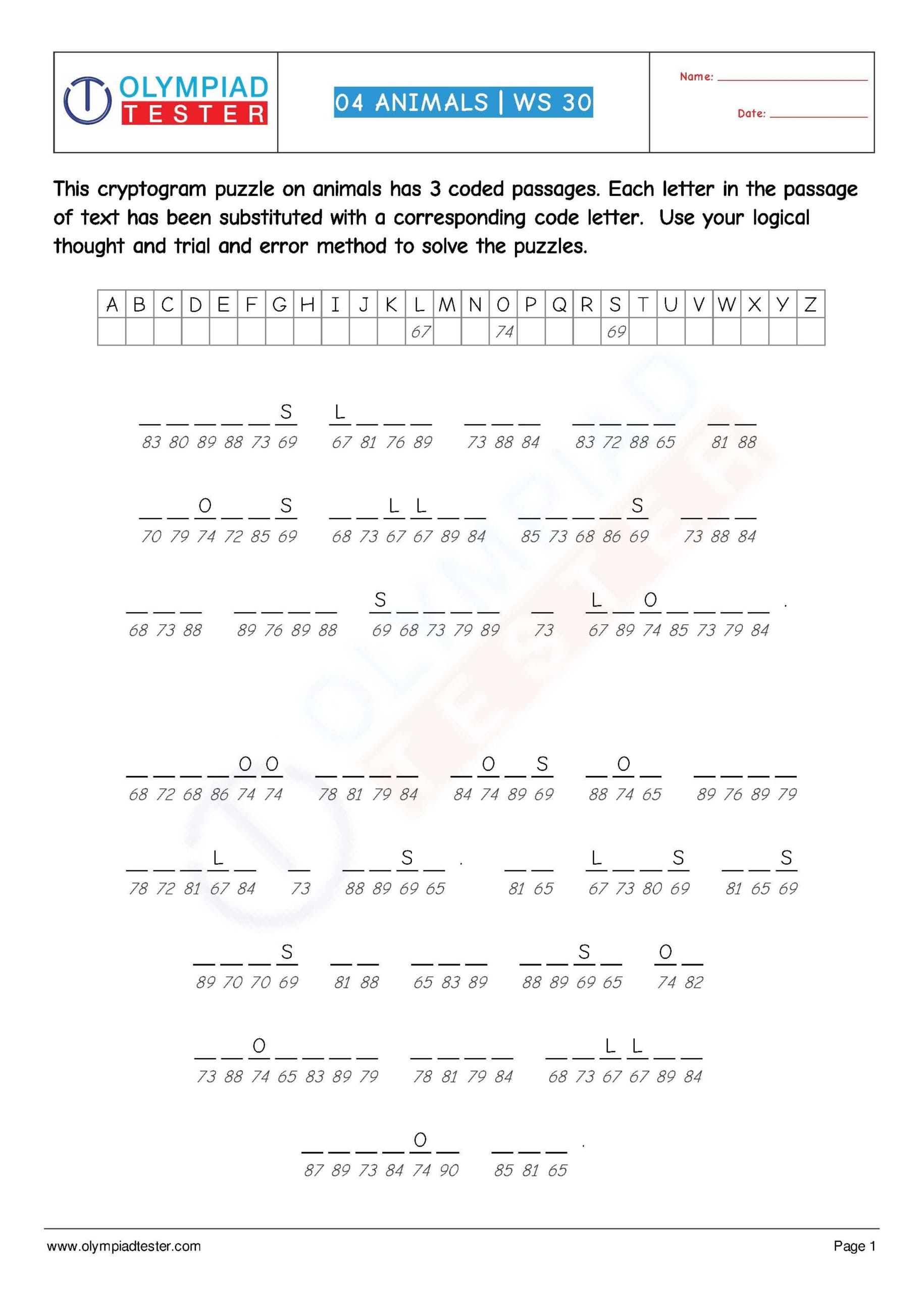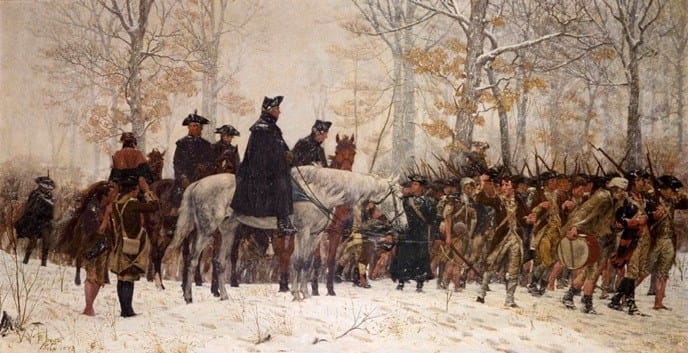Decoding the Polar Express’s Creepiness
Ever settle in for a cozy viewing of The Polar Express, only to feel a creeping sense of unease? You’re not alone. Many viewers find the film’s characters unsettling, a phenomenon often attributed to the “uncanny valley.” But what exactly makes this holiday classic so… off? Let’s delve into the animation techniques and psychological responses that contribute to this unsettling effect. And for those intrigued by other celestial mysteries, explore the plough constellation or test your code-breaking skills with puzzle baron cryptograms.
What is the Uncanny Valley?
The “uncanny valley” describes the unsettling feeling we experience when encountering something that looks almost human, but not quite. This concept, introduced in 1970 by Japanese roboticist Masahiro Mori, suggests our comfort level with human-like figures dips as they approach, but don’t fully achieve, realism. The Polar Express, despite its pioneering use of motion-capture technology, seems to have landed squarely in this valley. Mori’s original hypothesis, based on reactions to prosthetic hands and early robots, proposed an emotional response curve where comfort increases with realism, then plummets in the “valley” before rising again with perfect human likeness. Recent neuroscientific research suggests this unease might stem from brain regions associated with threat detection and emotional processing.
The Eyes Have It (Or Not)
One of the most frequently cited reasons for the film’s creepiness is the characters’ eyes. Those large, round, almost too shiny eyes lack the subtle nuances of human expression. The film struggled to capture the micro-expressions, like the crinkling at the corners during a genuine smile, that convey emotion. The result? Eyes that often appear vacant, lifeless, and unsettling. Critics like John Anderson (Newsday) described the overall effect as “creepy,” while others like Kurt Loder and Manohla Dargis used “eerie.” Paul Clinton (CNN) went even further, using terms like “disconcerting/horrifying” to describe the characters.
Beyond the Eyes: Other Unsettling Features
The eyes aren’t the only culprits. The characters’ smiles, particularly the Conductor’s, often look exaggerated and artificial. The skin, meant to mimic human texture, can appear waxy and plastic-like. This disconnect between intended realism and the actual result fuels the uncanny valley effect. These imperfections trigger our innate sensitivity to subtle deviations from human norms, possibly a survival mechanism to detect illness or abnormalities.
Critical and Audience Reactions: A Divided Response
Critics weren’t shy about expressing their unease, using terms like “creepy,” “eerie,” and even “horrifying.” Audience reactions were equally divided. While some embraced the film’s unique aesthetic, others, especially children, found the characters disturbing. The disconnect between the characters’ realistic appearance and their sometimes stilted emotional expressions created a barrier to empathy, preventing viewers from fully connecting with them.
A Legacy of Innovation and Unease
The Polar Express represents a pivotal moment in animation history. It showcased the potential of motion capture, but also highlighted the challenges of achieving true photorealism. The film’s use of motion capture, while groundbreaking, also revealed the limitations of early CGI. The technology, though capable of capturing broad movements, struggled with the subtleties of human expression, resulting in the stiff, almost robotic movements that contribute to the uncanny valley effect.
The Quest for Realism: Lessons Learned
The Polar Express served as a valuable lesson, demonstrating that realism doesn’t always equate to emotional engagement. It sparked a debate about the role of realism in animation and the importance of prioritizing emotional authenticity. The film’s impact is still felt today, as animators continue to refine techniques for blending realism with genuine emotion, striving to create characters that are both visually impressive and emotionally resonant.
Is The Polar Express in the Uncanny Valley?
The short answer? Yes, The Polar Express is often cited as a prime example of the uncanny valley. But let’s explore why it evokes this unsettling feeling. The film’s journey isn’t just to the North Pole; it’s a trip straight through the heart of the uncanny valley.
What Makes a CGI Character “Creepy”? The Uncanny Valley Explained
The uncanny valley is that unsettling feeling we get when something looks almost human, but not quite. Imagine a graph: one axis represents human likeness, the other our comfort level. As likeness increases, so does our comfort—until a sudden dip. Things that are almost human, like realistic robots or certain CGI characters, trigger a primal unease. The Polar Express, with its CGI characters, tumbled right into that dip. This “creepiness” isn’t about being scary like a monster; it’s a deeper, more primal feeling, an internal alarm bell signaling something isn’t right.
The Polar Express and the Pitfalls of Early CGI
Director Robert Zemeckis aimed for groundbreaking realism with motion capture. The idea was simple: capture actors’ performances, translate them to CGI, and achieve perfect realism. However, the technology wasn’t quite there. While it captured broad strokes, it missed the nuances of human expression – the flicker of an eyelid, the twitch of a lip, the crinkle of a genuine smile. This disconnect between appearance and emotion is key to understanding the film’s unsettling effect. It’s like a highly detailed mask on a mannequin: impressive from afar, unsettling up close.
Not Just Critics: Why Audiences Found the Film Unsettling
Critics called the characters “creepy,” “eerie,” and “disconcerting.” Audiences agreed. Many, especially children, found the characters unsettling. While they looked real, they didn’t feel real. The lack of genuine emotion in their expressions hindered viewers from connecting with them. We empathize through expressions, eyes, gestures. The Polar Express characters often lacked this emotional depth, their eyes sometimes blank, their movements robotic, triggering our uncanny valley unease.
The Polar Express’s Impact: A Lesson in Animation
The Polar Express became a crucial lesson for animators. It demonstrated that perfect realism isn’t always the goal. The film highlighted the importance of genuine emotional expression, regardless of animation style. It spurred animators to explore new techniques, blending realism with emotion, creating characters that are both visually striking and emotionally engaging.
What is an Example of the Uncanny Valley Creepy?
The Polar Express often serves as the poster child for the uncanny valley. Those wide, unblinking eyes and stiff movements, intended to evoke magical realism, often struck viewers as downright creepy. But The Polar Express isn’t alone in this unsettling territory. Let’s explore why certain almost-human creations elicit such a strong, negative reaction.
The uncanny valley isn’t about “bad CGI.” It’s a more nuanced response to the blurring lines between human and artificial. Imagine a realistic prosthetic hand. It might perfectly mimic a real hand, but something feels off. This disconnect triggers a primal response. Our brains, wired for survival, interpret these deviations as potentially dangerous. This instinctive reaction is likely a remnant of our evolutionary past, a mechanism to identify and avoid hazards.
The unsettling feeling is likely multifaceted. Some theorize it relates to our ability to recognize illness or abnormality. Others link it to our understanding of what it means to be human, and the discomfort when that boundary blurs. Ongoing research continues to explore these psychological and neurological factors.
Other examples include early CGI characters like the baby in Pixar’s Tin Toy, humanoid robots like Sophia, and even video games like Medal of Honor: Warfighter. This suggests the uncanny valley isn’t medium-specific, but rather a complex interplay between perception and the representation of human likeness.
Here’s a breakdown of common uncanny valley triggers:
| Feature | How it contributes to the uncanny valley effect |
|---|---|
| Eyes | Vacant, unfocused stares; unnatural blinking |
| Movement | Stiff, robotic, or jerky motions |
| Skin Texture | Artificial sheen, unrealistic pores, or a “plastic” appearance |
| Facial Expressions | Exaggerated or poorly synchronized expressions; lack of micro-expressions |
| Voice | Monotone delivery, unnatural cadence, or a mismatch between voice and appearance |
The uncanny valley isn’t static. As technology evolves, so will our perception of what’s “creepy.” Whether we adapt or new imperfections emerge remains to be seen. The uncanny valley is a dynamic concept, reflecting our relationship with technology and our understanding of humanity.
Why is The Polar Express Animation so Realistic?
The Polar Express aimed for a groundbreaking level of realism, utilizing then-cutting-edge technology and meticulous artistry. Let’s explore the how and why behind its unique look.
One key factor is motion capture. Actors wore sensor-laden suits, recording every movement, every gesture. This data was then mapped onto CGI characters. Director Robert Zemeckis, dissatisfied with existing technology, developed a new system for the film, capturing even the smallest nuances of the actors’ performances. This is why, despite the sometimes unsettling realism, the characters still convey emotion – it’s the captured essence of the actors, like Tom Hanks in his multiple roles, shining through.
But motion capture is only part of the story. The filmmakers also prioritized detail. For instance, each strand of hair was painstakingly hand-drawn and animated, frame by frame. This dedication to detail enhances the realism, creating hair that moves and flows naturally.
This blend of motion capture for movement and traditional animation for finer details gives the film its unique aesthetic. However, this pursuit of realism also led to the “uncanny valley.” That unsettling feeling arises when something looks almost, but not quite, human. The Polar Express characters, while technically impressive, sometimes fall into this valley. They’re too real for cartoonishness, yet not quite real enough for full believability.
The film’s techniques impacted animation broadly. The motion capture system became a blueprint for future films and games. It showcased CGI’s potential, paving the way for more realistic and immersive experiences. Some argue The Polar Express significantly shaped the landscape of CGI animation.
The film’s legacy is complex. It pushed boundaries but also sparked debate about the balance between realism and emotional engagement. It remains a fascinating example of how technological innovation can yield unexpected, even unsettling, results.
- HelpCare Plus: Revolutionizing Affordable and Accessible Healthcare - December 29, 2024
- Boom & Bucket: Your Digital Marketplace for Used Heavy Equipment - December 28, 2024
- Ankle Bones Crossword Clue: Solutions, Tips & Anatomical Insights - December 28, 2024















1 thought on “Why the Polar Express Still Looks Creepy: Unmasking the Uncanny Valley”
Comments are closed.